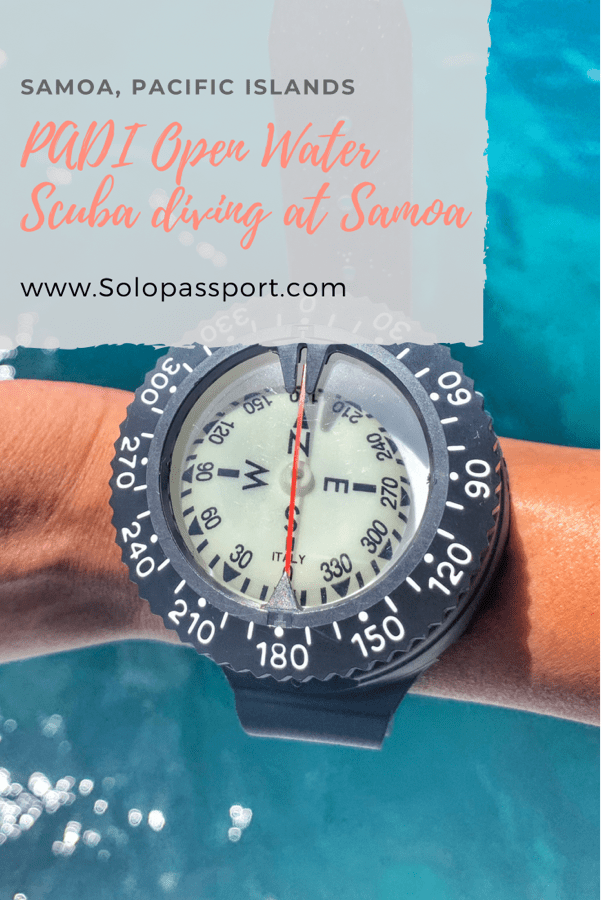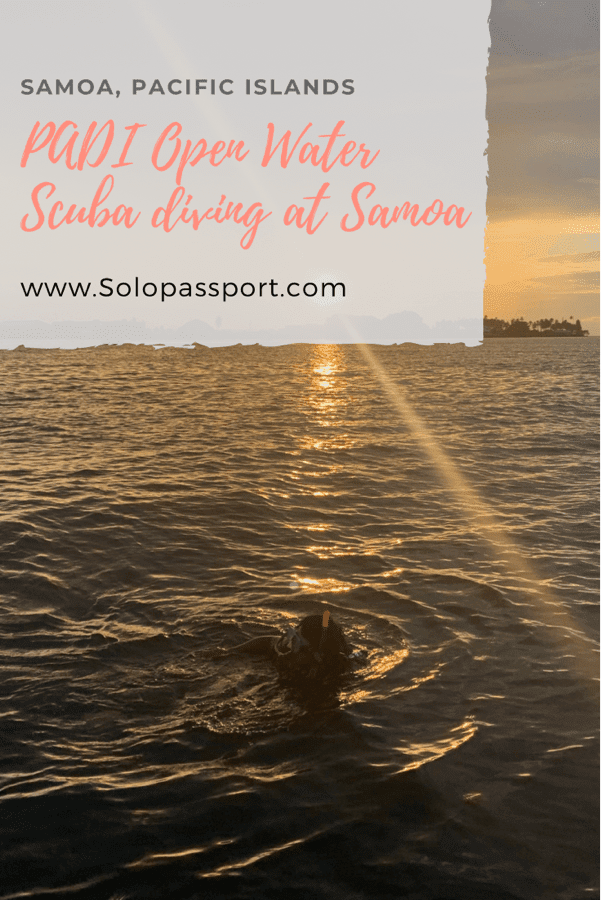Scuba Diving Samoa: Passport to PADI Open Water Certification (2024)
Immersing yourself in Scuba Diving Samoa feels like entering a tropical paradise. The warm waters and crystal-clear blue visibility elevate the diving experience to new heights. Achieving a PADI Open Water certification is the proverbial icing on the cake, adding a sense of accomplishment to the already breathtaking underwater adventures.
Repeatedly on my blog and social media, I have expressed my profound love for water, admitting that I could happily spend every day immersed in it. Despite having enjoyed scuba diving on numerous occasions (precisely 10 times), each instructor has suggested progressing to the open water scuba diving course. Regrettably, I consistently postponed pursuing certification, uncertain if I was fully prepared to elevate my scuba diving experience to the next level.
Page Contents
PIN for later reference | PADI Open Water Certification: Scuba Diving Samoa
This article may contain affiliate links, meaning if you decide to purchase via my links, I may earn a commission at no additional cost to you. For complete information, please see our affiliate disclaimer here.
Dive Centre at Samoa
When I was planning my trip to Samoa, I found myself in a dilemma about whether to pursue a scuba diving course. I had a discussion with my friend, who was joining me on the trip, and we both decided to explore the PADI-certified options offered by various providers in Apia.
PADI, an acronym for the Professional Association of Diving Instructors, was established as a diver training organisation in 1966.
After receiving multiple responses and conducting further research, we ultimately chose Aqua Samoa, located on Beach Road in Apia. Our decision was influenced by several factors, including:
- Cost-Effective: They offered more affordable rates compared to other providers.
- E-Learning Option: Aqua Samoa provided the convenience of e-learning, effectively reducing the duration of the course and allowing for flexibility in our schedule.
- Structured Information: The organization was structured to deliver the necessary information, ensuring a comprehensive and well-organized learning experience.
Read – Road of Loving Hearts in Samoa
Two Options to do the PADI Open Water Certification
Aqua Samoa presented us with two distinct choices:
Option 1: PADI Open Water Diver Certification course with e-learning.
In this first option, candidates have the opportunity to complete e-learning before their arrival at Aqua Samoa. The e-learning component typically takes approximately 8-10 hours, culminating in a final assessment requiring a minimum passing score of 75%.
Following the e-learning phase, the course spans two full days, encompassing 5 swimming pool sessions and 4 ocean dives. The comprehensive package for option 1, which includes e-learning, the 2-day course, and scuba gear, is priced at AUD 220 for e-learning plus Samoan Tala 850 (approx. AUD 459), totaling AUD 679 per person.
Option 2: PADI Open Water Diver Certification course without e-learning.
Option 2 encompasses the entire course, comprising classroom sessions, 5 pool sessions, and 4 ocean dives, spanning a duration of 4 days. The comprehensive cost for option 2 is Samoan Tala 1250 (approximately AUD 675) per person.
Details of the PADI Open Water Diver Course (Option 1)
We opted for Option 1, which is the PADI Open Water Diver certification course with e-learning.
e-Learning
Upon registration (with payment of AUD 220), PADI grants access to its comprehensive library, offering information on all the course modules. This valuable resource is accessible through a free mobile app, allowing candidates to download it on their mobile devices for convenient access anytime, anywhere.
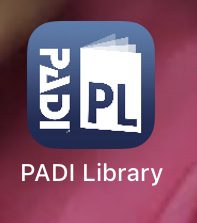
The e-learning experience was rich with information, covering various aspects such as buoyancy, gear, lung dynamics, and essential skills. It proved to be an intense learning process. At the end of each module, there were assessment questions that served as practice exercises. If a question was answered incorrectly, the app provided the correct answer and offered the option to retry. However, the final assessment, which required a minimum score of 75%, differed in that there was no opportunity to retry after answering a question incorrectly.
I achieved a score of 89% on my final assessment. The areas where I lost the most marks were related to calculations involving depths, surface times, and other factors. Notably, PADI sent me a certificate reflecting the score I achieved.
Day 1 – Pool Session and One Dive in the Ocean
We reached Aqua Samoa at 9 AM, which is owned by the Australian couple Karin and Ted. Karin, hailing from Bathurst in New South Wales, is truly delightful and exceptionally friendly.

Our instructor, Joe, boasted an impressive record of over 500 scuba dives. Quite impressive! Upon discussing my medical conditions with her, I realised the need to obtain a signature from my General Practitioner (GP) on the PADI medical assessment form. My friend and I promptly visited a nearby hospital in Apia, where the doctor confirmed that my medical condition posed no hindrance to diving. She expressed confusion about why such a condition was included in the diving medical assessment form.
After resolving the medical assessment and completing other necessary forms, Joe provided us with another set of assessment papers. These papers didn’t involve scoring but were designed to help her identify areas where we might need more focus during the course.
Swimming Pool Session
We then proceeded to a swimming pool at a nearby resort. Due to the time spent at the hospital, we only managed three pool sessions in the morning. During these sessions, we acquired basic underwater diving skills. One skill that proved challenging for me was maintaining buoyancy (which I practiced later during the freediving course) without touching the pool floor and orally inflating my Buoyancy Control Device (BCD). The confined space of the pool made it tricky to kick my legs without touching the bottom, and the fins didn’t make it any easier.

Scuba Diving in a Lagoon (Dive Number 1)
In the afternoon, we set off for the ocean. It was a brief boat journey from Aqua Samoa, and we commenced our diving adventure in the lagoon, with a depth of approximately 8 meters.
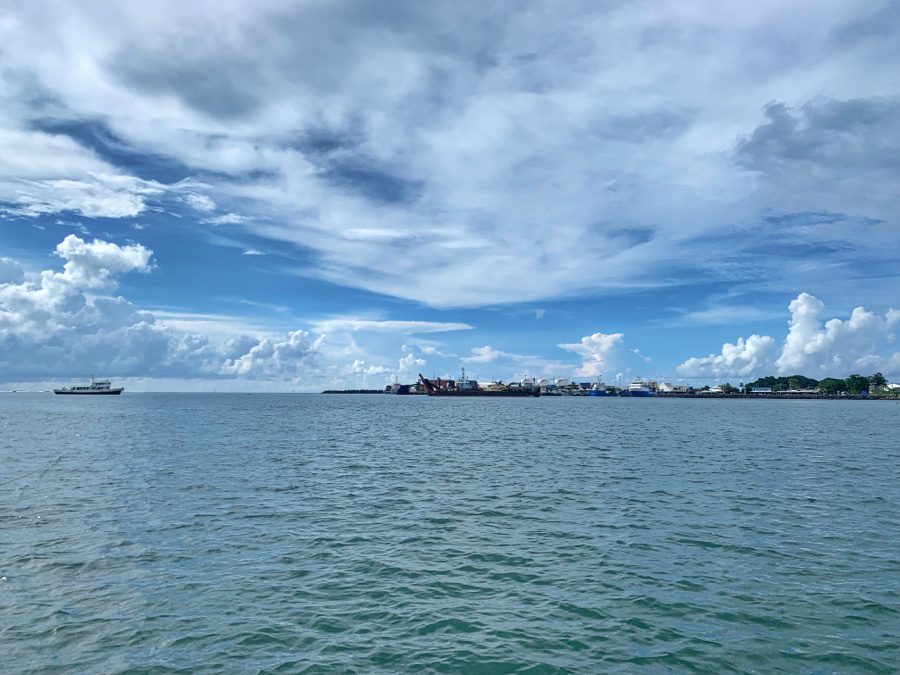
We had to replicate all the skills we had practiced in the pool underwater in the ocean, and our dive reached a depth of approximately 7.9 meters.
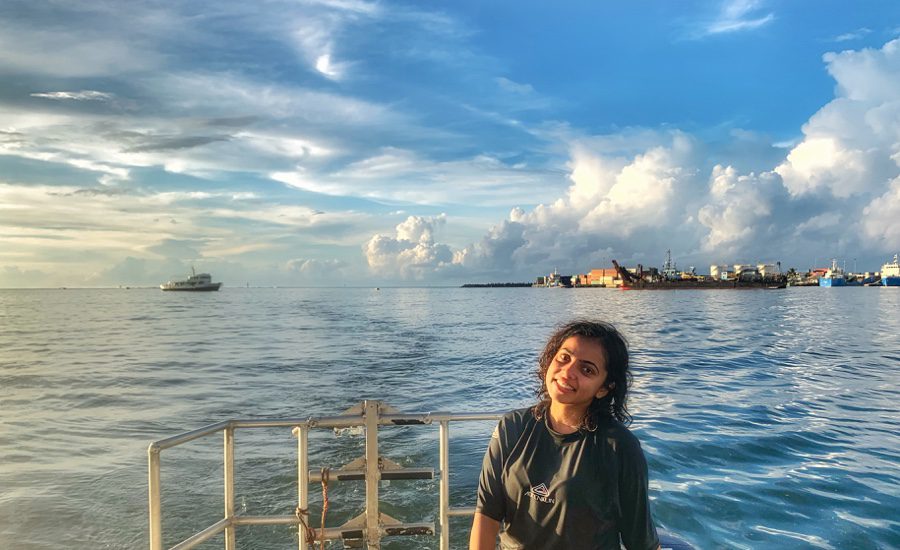
Challenges on Day 1
The primary challenge for me was meeting the two requirements established by PADI. Despite my ability to float and swim a considerable distance in a single breath, I struggled with breathing in between swimming strokes. This created tension, and I feared I might not fulfill these prerequisites, contemplating the possibility of retaking the course at a later point in my life.
The two prerequisites established by PADI are:
- Swim 200 meters without snorkeling gear or 300 meters with snorkeling gear. Opting for the latter, equivalent to approximately 18 laps around our boat, I successfully completed this swimming challenge.
- Float in the ocean for 10 minutes without any gear. Surprisingly, I miraculously achieved this, and it’s still surreal to believe I accomplished it.
With these two skills successfully completed, we proceeded to our first dive.
Conclusion of Day 1
We gripped onto the rope tethered to a balloon-shaped float and descended into the water gradually. Equipped with larger tanks, we had by then mastered the process of assembling and dismantling our scuba gear.
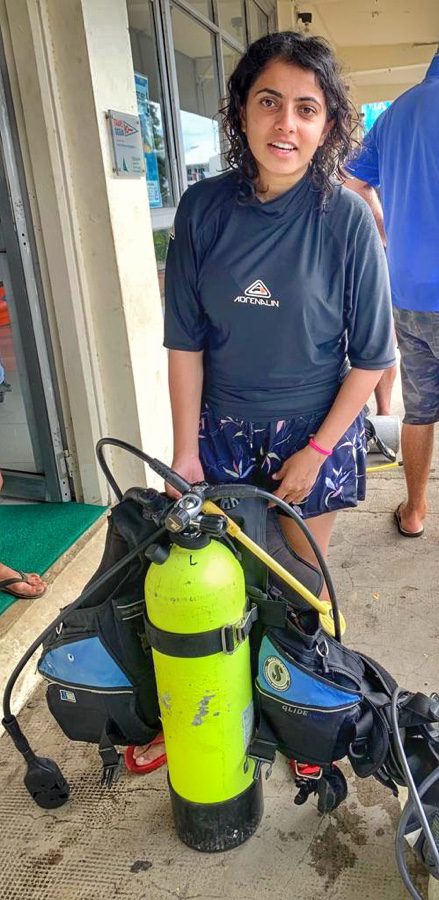
I experienced significant dehydration that night, leading to a restless sleep. Throughout the night, I continuously drank plenty of water, but it was an uncomfortable and unsettling experience.
Day 2 – Pool Session
Karin and Joe requested our presence at Aqua Samoa by 8:30 AM as we had lost some time on day 1, and there were several essential elements to cover.
Swimming Pool Session
Personally, my day began on a sluggish note due to dehydration from the previous day. Consequently, the morning pool sessions of day 2 were not as enjoyable. Despite this, we delved into more skills, gradually gaining proficiency. One of the tasks involved removing our BCDs, aligning all the hoses, and then donning the BCD again.
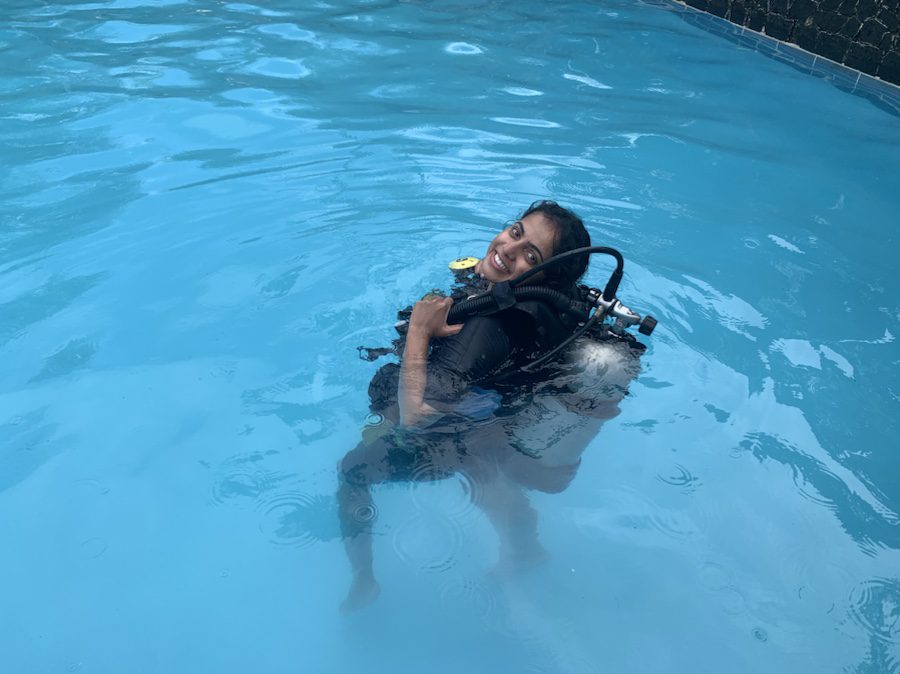
Scuba Diving in Open Ocean (Dives Number 2 and 3)
In the afternoon, we ventured back into the ocean. The boat ride was a bit longer this time since we were heading out to the open sea, not just the lagoon. Unfortunately, my friend had not fulfilled his float requirement on day 1, and he needed to complete it before progressing with the rest of the course. Regrettably, he encountered difficulties once again on day 2 and had to opt out of the course. This was particularly disheartening as he had hoped to achieve this for his birthday, which was the following day after day 2.
Despite the somber moment, I continued with the course. To attain certification, I had to complete three additional dives in the ocean, showcasing all the skills learned in the pool on day 2. Remarkably, I successfully demonstrated all these skills in the first two dives.
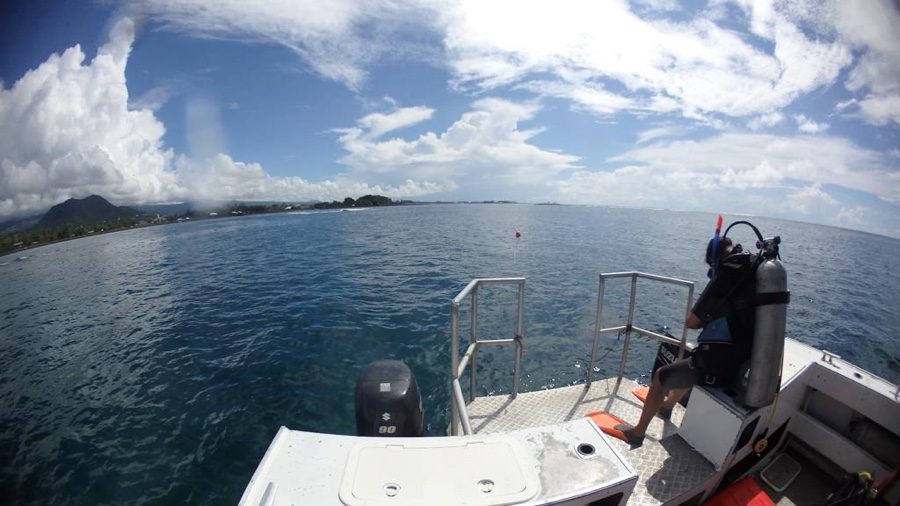
We descended to depths of approximately 11.8 and 17.4 meters during our dives. In the first dive, we descended underwater by holding onto the rope once again. However, in the third dive, there was no rope involved, and I had to deflate the BCD and descend without external assistance.
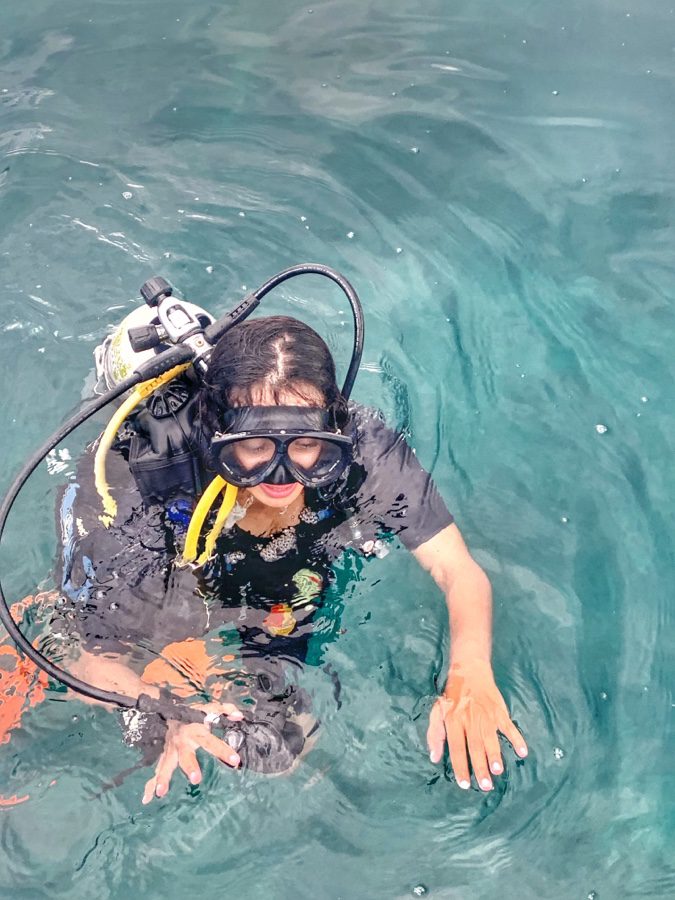
I also had to perform some skills involving the use of the compass.
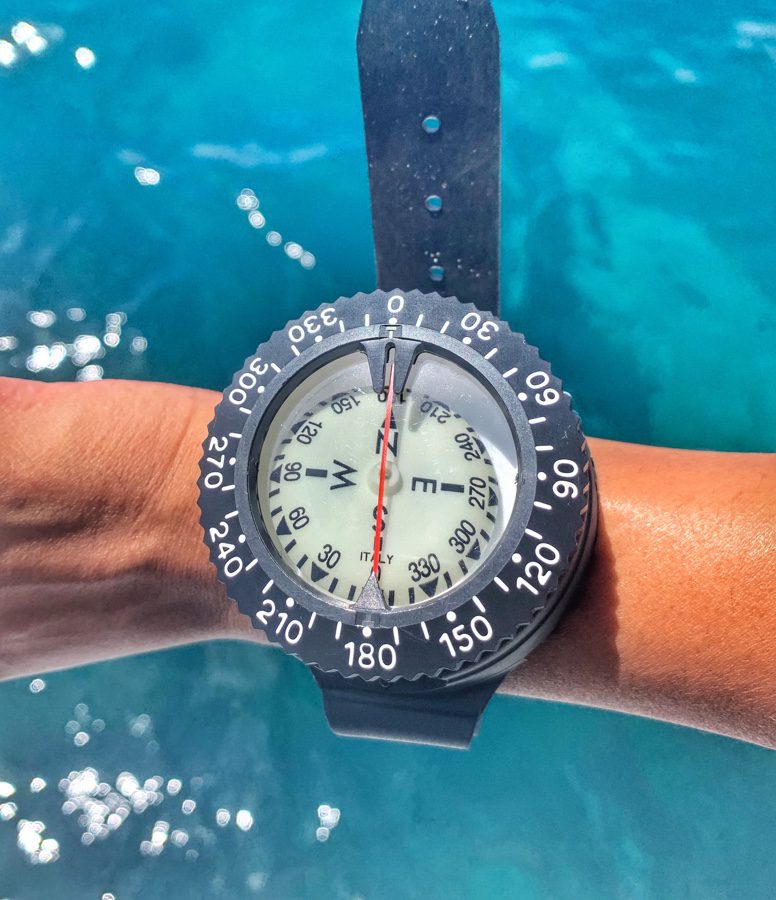
Scuba Diving in Open Ocean (Dive Number 4)
The fourth dive was an enjoyable experience, allowing me the opportunity to capture some pictures. Unfortunately, the images didn’t turn out well because I forgot to activate the underwater mode, and the water visibility wasn’t optimal.


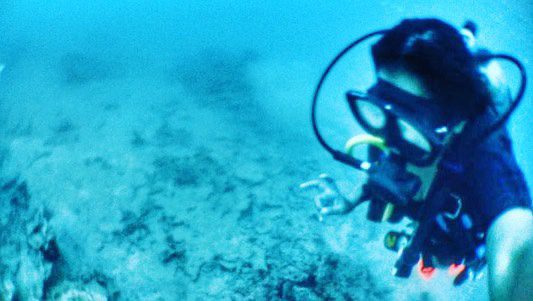
During this dive, we explored depths of approximately 17.9 meters. I thoroughly enjoyed acquiring these new skills and came to the realisation that scuba diving is much more than simply submerging oneself underwater and observing fish. The experience was truly gratifying, and I’m delighted to have undertaken this adventure.
Conclusion of Day 2
At the end of this long day, as we returned to the shore, Joe and Karin proposed an alternative option for my friend. Joe suggested that he pursue the Scuba Diver certification instead. This alternative didn’t require the float requirement but still involved completing some underwater skills and a single dive. My friend successfully obtained his Scuba Diver certificate. We were overjoyed by this turn of events.

At the conclusion of the day, we finalised additional paperwork, and Joe offered a reference for my friend to complete his open water certification with any other dive center at any location. Karin presented us with our completion certificates.
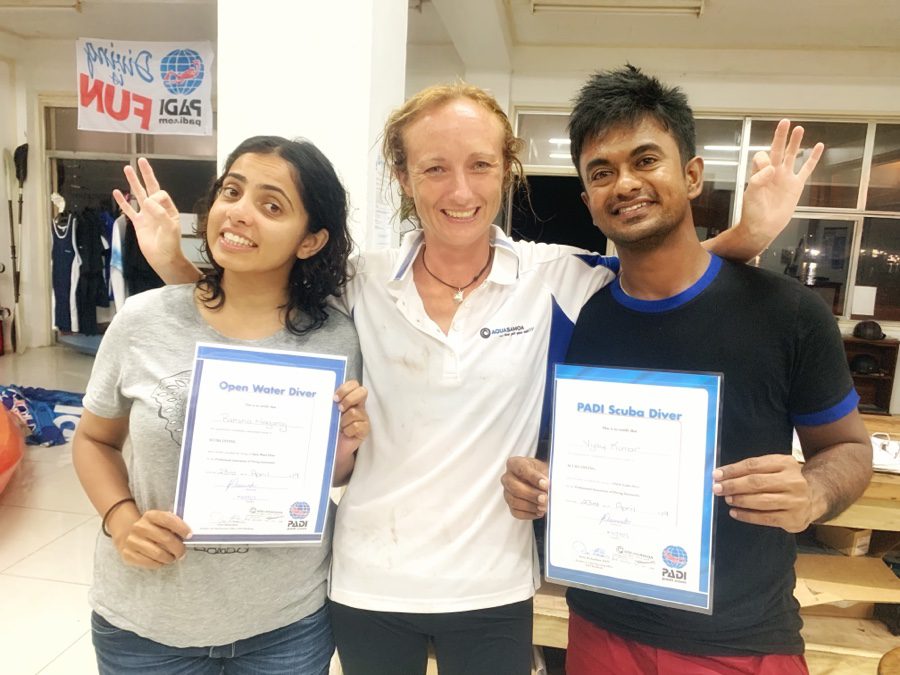
What Does the PADI Open Water Certificate Allow Me To Do?
- I am now certified to dive up to 18 meters (60 feet).
- In the future, I require a dive master rather than an instructor.
- Alternatively, I can pair up with my dive master as a buddy and explore the depths together.
My next endeavor is to pursue the PADI Advanced level certification. Currently, it’s all sunshine and smiles, and I look forward to embarking on more diving adventures around the world.
Closing Notes
After numerous postponements, I have successfully earned my PADI-certified open-water scuba diver qualification. The sense of accomplishment and the acquisition of new underwater skills are indescribable. The satisfaction of reaching this milestone propels me to elevate my certifications further. The highlight of this achievement was scuba diving Samoa, where the unique landscapes and the island’s charm made the entire experience special and offbeat.
How can you support me?
You know how much I love coffee, so you can buy me a coffee – Buy me Coffee!
Or you can purchase from one of the below travel resources without any extra charge to you:
Travel Resources
Book your flight on Skyscanner.com or Trip.com
Reserve your accommodation on Stay22
Reserve your stay at a hostel on HostelWorld
Use RentalCars or DiscoverCars for hiring self-driven cars
Book your tours and travels or purchase tickets on Viator or GetYourGuide
For a universal SIM card, use DrimSim
Buy comprehensive travel insurance on SafetyWing and WorldNomads
If you liked this article and if it was helpful in your planning or travelling, do share, tweet, or pin this post.
Follow me on Instagram | Facebook | YouTube | Twitter | LinkedIn
Do you have a question? Do you want any suggestions and tips for travel, hikes, and scuba dives? Use the Subscription box below to sign up and get updates by email.


